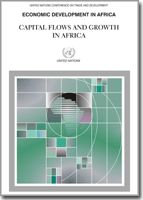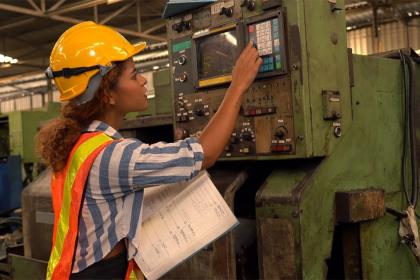
The international community has long recognized that developing countries need a substantial inflow of external resources in order to fill the savings and foreign exchange gaps associated with a rapid rate of capital accumulation and growth. The latter are needed to overcome widespread poverty and to lift living standards to acceptable levels. Among various developing regions, the need for external financing is nowhere more pressing than in Africa, particularly in sub-Saharan Africa, where income levels are too low to generate adequate domestic resources for the attainment of even modest rates of investment and growth.
Breaking this vicious circle requires, inter alia, a sustained injection of external financing in amounts large enough to enable the region to accelerate and maintain growth at levels higher than in the past. Since private capital inflows, in particular foreign direct investment (FDI), lag behind rather than lead growth, this initial push can only come from official sources of finance, and it needs to be combined with policies that recognize the need not only for market-based incentives, but also for a greater role for the State and for institution building.
Such a process would help break aid dependence in two ways. First, rapidly rising income would enable domestic savings to rise faster than output, thereby raising total investable resources without additional external financing. Second, sustained growth would attract private capital as a substitute for official financing. Thus, the need for official financing would gradually diminish as these alternative sources of financing began to predominate.
In other words, the only feasible way to end aid dependence is to launch a massive aid programme and to sustain rapid growth long enough to allow domestic savings and external private flows to gradually replace official aid. But if the minimum amount of resources needed to initiate and sustain such a process is not provided, aid dependence is likely to continue unabated.
This paper addresses these issues. It reviews recent trends and examines the size and stability of Africa´s short-term capital flows, analysing the use of such inflows to offset financial transactions and real resource transfers. The paper presents various scenarios to analyse the possible evolution of domestic savings and private capital inflows through a process of rapid and sustained growth made possible by, inter alia, a large injection of foreign aid, as well as the implications of this process for aid dependence. Finally, it briefly discusses the policy approach needed to ensure that aid is translated into investment and growth, keeping in mind the policy mistakes made during both the pre- and post-adjustment periods.





